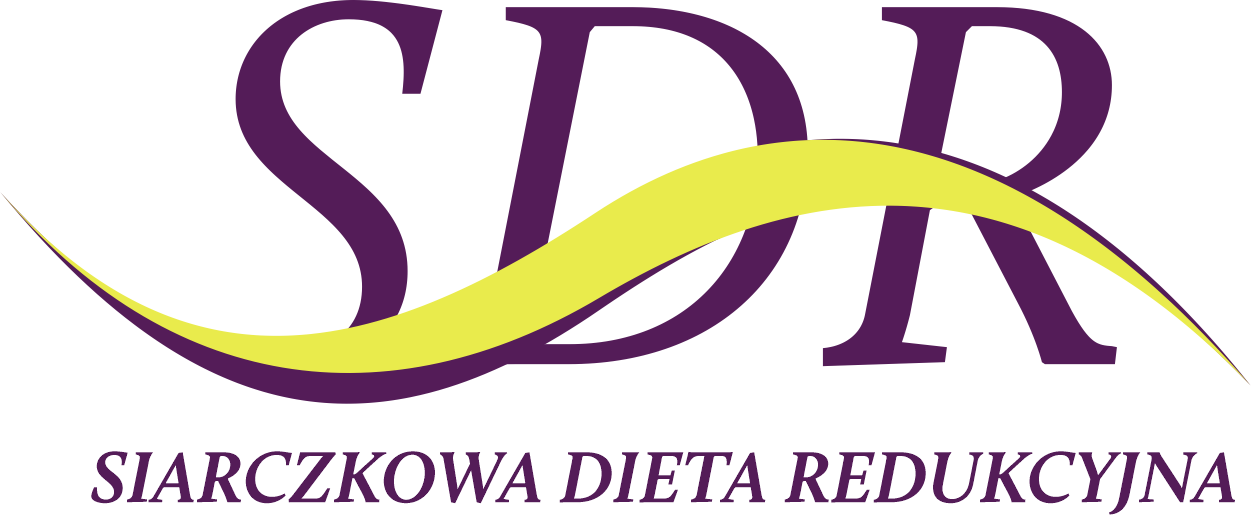
Psoriatic arthritis
Psoriatic arthritis
Psoriatic arthritis (PsA) is a chronic inflammatory disease that affects about 30% of patients with skin psoriasis. It is a disease from the group of seronegative spondyloarthropathies, characterized by inflammation of the joints, tendon attachments and spine, often co-occurring with psoriatic skin and nail changes.
PsA can affect both small joints (e.g. fingers and toes) and large joints (e.g. knees, hips), as well as the spine. Characteristics of this disease are asymmetric joint involvement and inflammation of the fingers (dactylitis), which leads to their swelling and pain. The disease can also affect the attachments of tendons to bones (enthesitis), causing pain and stiffness in places such as the heels, elbows or spine.
The causes of PsA are not fully understood, but it is believed that genetic and environmental factors play a major role. The disease can begin at any age, but is most often diagnosed between the ages of 30 and 50. Unlike rheumatoid arthritis, rheumatoid factor is not detected in the blood in PsA, hence the term "seronegative".
Psoriatic Arthritis Prevention
Although there is no sure way to prevent PsA, there are steps you can take that can reduce your risk of developing the disease or ease its severity:
- regular skin checks and early treatment of psoriasis,
- maintaining a healthy body weight,
- regular, moderate physical activity,
- eating a healthy, balanced diet rich in antioxidants and omega-3 fatty acids,
- avoiding smoking and limiting alcohol consumption,
- maintaining good oral hygiene,
- avoiding excessive stress and using relaxation techniques,
- protecting joints from injury and excessive strain,
- regular check-ups, especially for people with psoriasis or a family history of PsA,
- if necessary, vitamin D supplementation (after consulting your doctor).
Psoriatic Arthritis Treatment
PsA treatment is comprehensive and aims to control symptoms, prevent joint damage, and improve the patient's quality of life. Therapy is usually long-term and requires an individual approach.
Drug therapy
The treatment of RA is complex and requires a comprehensive approach. The main goal is to control inflammation, relieve symptoms, and prevent joint damage. The mainstay of treatment is disease-modifying antirheumatic drugs (DMARDs), which slow the progression of RA. The most commonly used drug in this group is methotrexate. In cases where traditional DMARDs are ineffective, biological DMARDs are used, which more precisely target the immunological processes responsible for the disease. Additionally, for rapid symptom relief, nonsteroidal anti-inflammatory drugs (NSAIDs) and, in some cases, corticosteroids are used.
Rehabilitation plays a key role in the treatment of RA. Physiotherapy focuses on maintaining or improving the range of motion of joints, strengthening the muscles surrounding the joints, and teaching joint-sparing techniques. Occupational therapy helps patients adapt to daily activities, often using special tools or techniques that minimize the load on the joints. Regular exercise, such as swimming or aquatic exercise, yoga or tai chi, can help maintain joint flexibility and overall physical fitness.
Patient education and psychological support are also important aspects of treatment. Patients learn how to cope with the disease, how to modify their lifestyle and diet to support treatment. In some cases, surgical intervention may be necessary, especially when there is significant joint damage. Surgeries may include synovectomy (removal of the inflamed synovium), arthroplasty (joint replacement) or arthrodesis (joint fusion). The aim of these procedures is to reduce pain and improve joint function.
We offer therapeutic baths in mineral-rich waters that provide relief to joints and skin, which is important for people with skin psoriasis.



